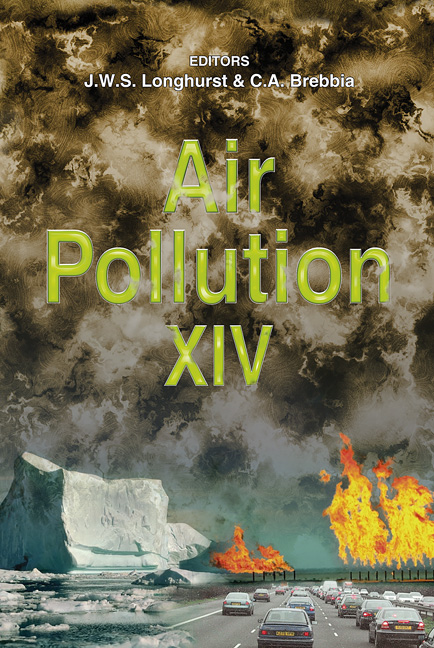Air Curtain As A Barrier Against Pollutants In Cultural Heritage: A Case Study
Price
Free (open access)
Transaction
Volume
86
Pages
8
Published
2006
Size
1,173 kb
Paper DOI
10.2495/AIR060381
Copyright
WIT Press
Author(s)
L. de Santoli, F. Cumo & M. Mariotti
Abstract
Every year millions of people visit the works of art placed in museums, which aren’t the safest place to protect cultural heritages from air pollutants. The use of air curtains may often represent a protection for the cultural heritage without operating on the material of the objects, and without limiting the perception of the work of art. The aim of this work consists of the characterisation of this device, which is widely used in industry, but not yet frequently adopted in the field of conservation of works of art. As a matter of fact, the employment of air curtains to segregate pollutant diffusion near the sources of fire prevention is actually more and more diffused in industry buildings. Their success is due to the peculiarity to separate zones without fixed barriers which would interfere with people and equipment. The application of air flows in museums deals with the problem of separating visitors and objects in order to protect the latter from pollutants. When a decontamination treatment of the visitors is provided, by means of an air curtain system that is able to remove most of the potentially dangerous pollutants from people as they enter, an \“indirect protection method” is defined. An ongoing research of the latter is presently studied in the Museum of the Rocca di Vignola (Modena) to remove pollutants from visitors of the fresco painted chapel. In the present paper some CFD simulations performed with FLUENT are compared with the experimental measures realized after the first utilization of the air curtain outside the fresco chapel of \“Uguccione Contrari” in Vignola. As a preliminary result it is possible to underline the good accordance between simulation and experimental results so that it is possible to be confident in using CFD simulation code as a design tool for dynamic barriers against pollutants in cultural heritage.
Keywords





